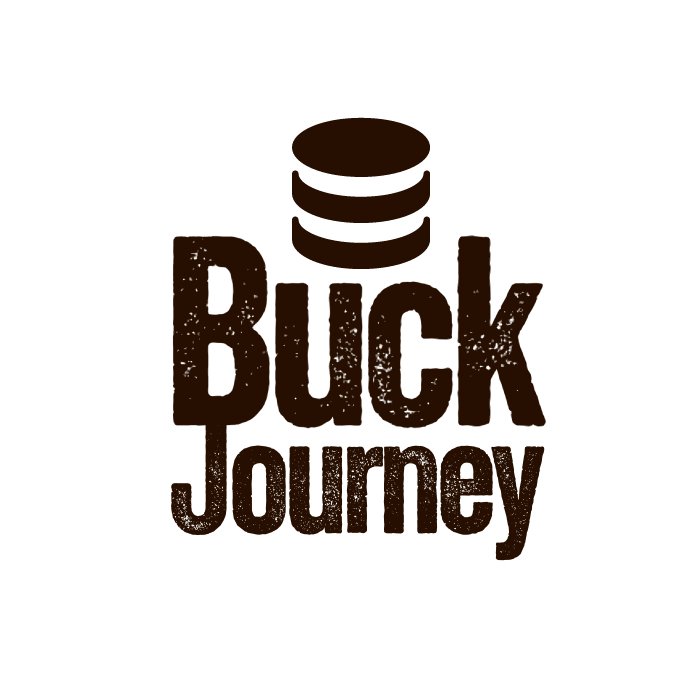Unlock the secrets of the Canadian tax refund with the guidance of a Certified Financial Planner (CFP). Discover how to maximize your refund, understand the typical timeline for receiving it, and learn smart strategies for using it to enhance your long-term financial stability.
Unveiling the Mystery of Tax Refunds
Each year, your employer calculates tax deductions from your earnings, which you can see on your T4 slip and pay stubs. While this estimation is based on your anticipated tax liability, it may not account for all the credits and deductions you are entitled to, resulting in an excess amount being withheld. This overpayment is refunded to you in the following tax season.
Contrary to popular belief, a tax refund is not free money but rather an interest-free loan you provide to the government throughout the year. According to Ayana Forward, a fee-only CFP and the founder of Retirement in View, adjusting your tax withholding using a T1213 form is an option to retain more of your earnings. However, many individuals prefer the discipline of receiving a lump sum refund as a form of forced savings.
Claiming Your Refund and Anticipated Timeframe
Typically, you can expect to receive your tax refund within two to eight weeks if you file electronically, while paper filers may experience a longer wait. Non-residents should anticipate a processing time of up to 16 weeks for their refund to be issued.
According to Forward, opting for direct deposit expedites the refund process and eliminates the wait time for a physical cheque. While delays can occur due to pre-assessments necessitating additional information, proper documentation can help expedite the refund process.
When your refund arrives, consider…










